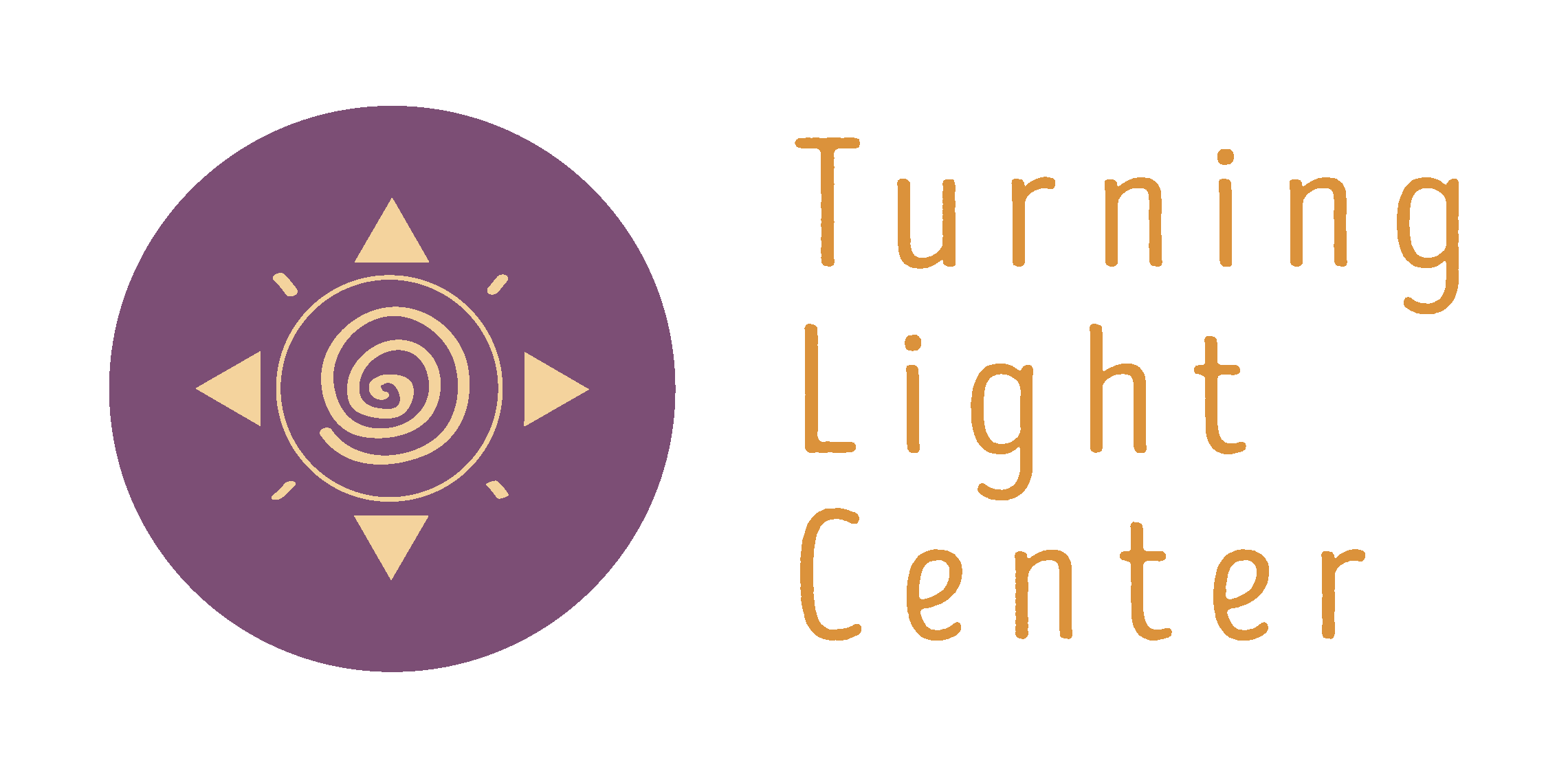Secret to Joyful Living
A few years ago I came across this quote on a greeting card and it still makes me laugh out loud:“Your family knows how to push your buttons…..because they installed them.”
One annual measure of the success of my yoga and meditation practices has been whether I have “un-wired” any of my buttons – tested during visits with family. I used to have a “can’t wait” eagerness mixed with a “dread of drama” when I thought about traveling home. I noticed that I could have a great yoga year, feel all sorts of progress, then go home and be so easily tweaked by something someone did or said and snap back with unkind words (whether out loud or under my breath), or go off by myself “to be alone”, or despair when one of my siblings walked out (or just didn’t show up) which galvanized me to “fix it” or just binge on cookies.
All my newly found peace was out the window and my “buttons” were zinging. Shouldn’t meditation help this?
Well yes, … and no. Patanjali, the “codifier” of yoga whose text forms the basis of all (or most of) the various yoga traditions, outlined an 8-step path to union with All That Is (aka happiness). The first two steps on that path are NOT yoga poses and meditation. In fact meditation is the second to last step! The first two steps are the Yamas and the Niyamas, often thought of as yoga’s ethical system. But I like to think of these as Tools for Joyful Living.
Herein lie the secrets to un-wiring our buttons.
Really what he is saying is that when we can quiet the whirling tendencies of our minds, the multi-tasking, comparing, judging, defending, whining, self-doubting, fearing, etc., then we can settle into a calmer, more harmonious, more stable center inside ourselves. From here we can notice what is happening around us and choose to respond vs react.
We can change the whole interaction by being fully present in the moment to the whole person in front of us, instead of present only to our “buttons.”
React is what we do when our buttons are pushed – and from here it’s an easy next step to say the other person “made me do/say it” leaving us as helpless actors in a drama, playing our habitual role. Respond is what we do from a quieter center. For example, we are way less likely to respond to unkind words with more unkindness. We might instead respond to what is under the speaker’s harsh words such as stress, or fear, or hurt, or worry, with words of love or encouragement or acknowledgment. We can change the whole interaction by being present in the moment to the whole person in front of us, instead of present only to our “buttons.”
This does not mean sucking it up and being “nice,” (chocolate-coating kaka in yoga terms). The first two Yamas, taken together, ask us to practice Non-harming AND Truthfulness. How do we learn to be Real and Non-harming at the same time? This demands that we pay attention, know ourselves, and hold ourselves accountable while being present to our life: family, friends, co-workers, among others.
When we ourselves change, the family system is changed, and so outcomes are different. It’s a law of nature. Not only can the moment become a non-event, or even poignant, instead of disturbing of self and/or other, but when I go to my mat or my cushion, I am not disturbed in myself, nor have I disturbed others around me. Here yoga, meditation, and life itself are easier.
One simple experiment you can try, is to notice when you realize one of your buttons is pushed, whether during, or after the event. Take some time to reflect exactly how you got “triggered,” Be curious: e.g. what unmet need or concern of yours is active? Keep asking why, to get in deeper under the surface. Also, what outcomes were generated by your reaction in the moment? Be kind to yourself – use this as a learning opportunity. Celebrate the aha! instead of feeling bad about yourself.
Curious? Want to know more?
Read author Deborah Adele’s wonderful book “Yamas & Niyamas.”
Register for Saturday December 13th workshop: “Tools of Joyful Living”. (830-1030 AM $20)
Enquire about our year-long study group that is forming in January. Together we will follow a structured experiential process to explore these ideas in our everyday lives. Support yourself to lead a more joyful life! I am looking forward to being with family this holiday season. I hope you are too!
Wishing you and yours a Joyful Season and New Year.
Holiday Recipe: Dark Chocolate Almond Drops (no bake)
Makes about 30 rich drops
2- 85% dark chocolate bars (I prefer Green & Blacks)
1 cup raw almonds (sprouted nuts are great for this!)
Sea salt
Melt 2 chocolate bars just til soft and stir-able
Stir in nuts until well coatedDrop by spoonful onto wax paper (I used a normal kitchen spoon)
Sprinkle salt on top to taste (I recommend something like a coarse mill ground Himalayan salt – looks sparkly!)
Allow to set, then package and refrigerate. Note – you can substitute other nuts such as walnuts, add a bit of unsweetened shredded coconut to the mix or on top. Also, using Milk Chocolate means a lot more sugar: the darker the chocolate, the less sugar. Experiment! Enjoy!
